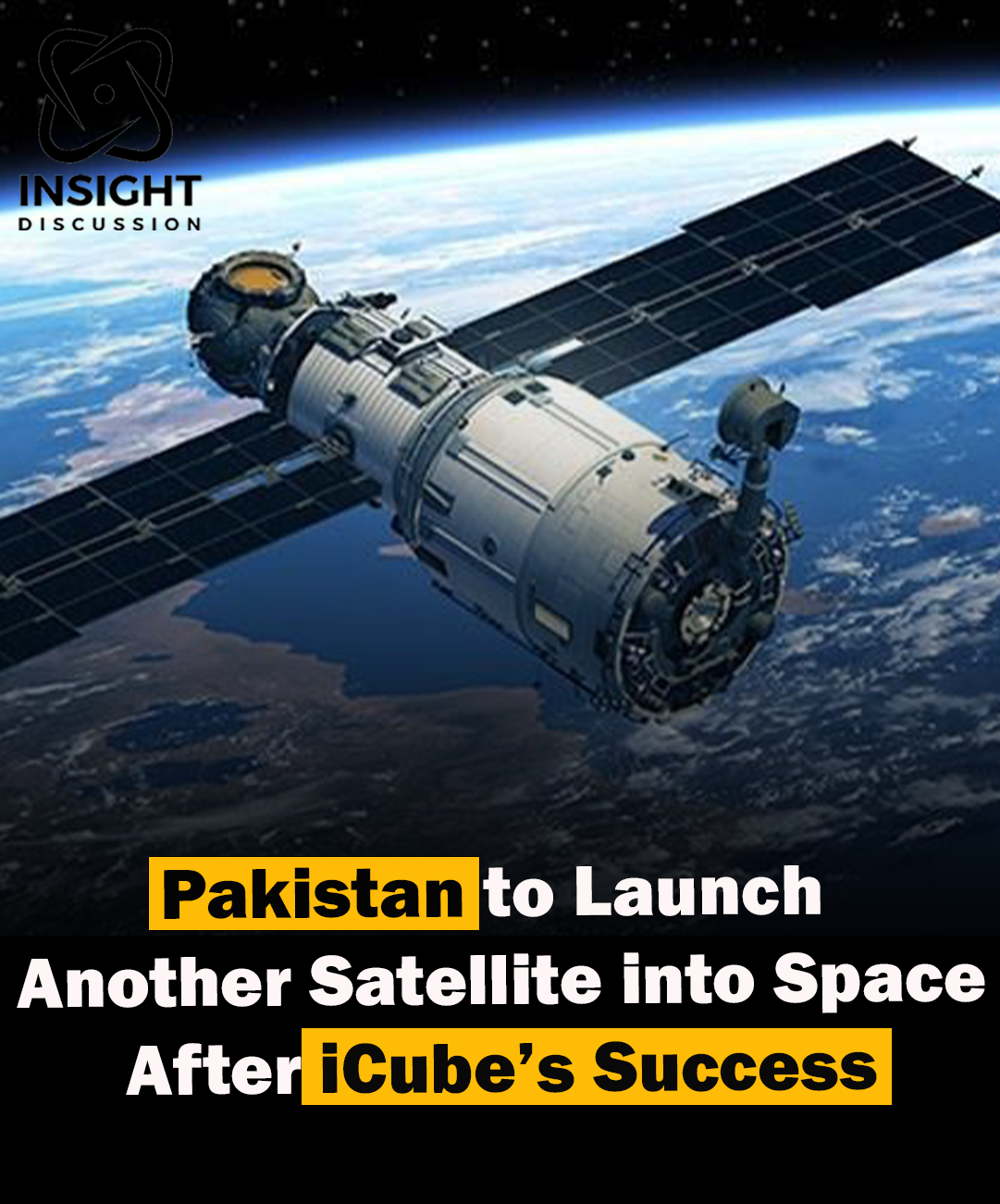The recent discovery by China’s Chang’e-5 mission of traces of water in lunar soil has reignited interest and excitement in the global scientific community. This groundbreaking finding, which reveals the presence of hydrated salts on the Moon’s surface, adds a new dimension to our understanding of lunar water. Published in the prestigious journal Nature Astronomy, the discovery has significant implications for future lunar exploration and the possibility of establishing permanent human presence on the Moon.
The Chang’e-5 Mission: A Historic Achievement
China’s Chang’e-5 mission, launched in November 2020, marked a significant milestone in lunar exploration. The mission successfully returned samples from the Moon’s Oceanus Procellarum, a vast lunar mare on the Moon’s near side. This was the first mission to bring back lunar samples since the Soviet Union’s Luna 24 mission in 1976. The primary objective of Chang’e-5 was to collect and return lunar soil and rock samples to Earth, allowing scientists to conduct detailed analyses using advanced laboratory techniques.
Discovering Traces of Water: Hydrated Salts in Lunar Soil
The analysis of the Chang’e-5 samples revealed the presence of hydrated salts, indicating that water exists in more diverse forms on the Moon than previously known. These hydrated salts are formed when water molecules bond with minerals in the soil, creating a stable form of water that can persist over time. The presence of these salts suggests that the Moon’s surface may have a more complex and varied history of water than initially thought.
Significance of the Discovery
The detection of water in lunar soil is a significant advancement in lunar science for several reasons:
- Resource Utilization: The presence of water on the Moon opens up possibilities for using local resources to support human missions. Water can be used for drinking, growing food, and even generating oxygen and hydrogen for fuel.
- Scientific Insights: Understanding the distribution and forms of water on the Moon can provide insights into the Moon’s geological history and the processes that have shaped its surface.
- Sustainable Exploration: The ability to utilize in-situ resources is crucial for the sustainability of long-term lunar missions. It reduces the need to transport large quantities of water from Earth, making missions more cost-effective and feasible.
Comparison with Previous Discoveries
The Chang’e-5 mission’s findings build on previous discoveries, such as NASA’s 2020 finding of water in sunlit craters. Together, these discoveries indicate that water on the Moon is more widespread and varied than previously believed. While NASA’s findings identified water molecules in the form of ice and bound to minerals, the Chang’e-5 mission has added hydrated salts to the list of known forms of lunar water.
Implications for Permanent Moon Missions
The discovery of water in lunar soil is a game-changer for plans to establish permanent human presence on the Moon. Space agencies around the world are now re-evaluating their lunar exploration strategies with the goal of creating sustainable, long-term missions. Here are some of the key implications:
- Habitat Development: Water is essential for supporting human life. The ability to extract and use water from the lunar surface will be critical for developing habitable bases on the Moon.
- Agriculture: Water is necessary for growing food. The presence of water on the Moon could enable the cultivation of crops, reducing the need to transport food from Earth.
- Fuel Production: Water can be split into hydrogen and oxygen, which can be used as rocket fuel. This could facilitate refueling of spacecraft on the Moon, supporting further exploration of the solar system.
- Scientific Research: Permanent bases on the Moon will allow for extended scientific research, providing new opportunities to study the Moon’s geology, climate, and potential for supporting life.
Future Exploration Plans
In light of these discoveries, major space agencies are accelerating their plans for lunar exploration:
- NASA’s Artemis Program: NASA aims to return humans to the Moon by 2024 and establish a sustainable human presence by the end of the decade. The presence of water will be a key factor in achieving these goals.
- China’s Lunar Missions: Following the success of Chang’e-5, China has announced plans for more ambitious missions, including the Chang’e-6, 7, and 8 missions, which will focus on resource utilization and establishing a lunar research station.
- International Collaboration: The discovery of water on the Moon presents opportunities for international collaboration. Joint missions and shared research could accelerate the development of sustainable lunar bases.
Conclusion
The Chang’e-5 mission’s discovery of traces of water in lunar soil is a landmark achievement in lunar exploration. By revealing the presence of hydrated salts on the Moon’s surface, this finding expands our understanding of lunar water and its potential uses. As space agencies around the world incorporate these insights into their exploration plans, the dream of establishing permanent human presence on the Moon is becoming increasingly attainable. This discovery not only highlights the importance of continued lunar exploration but also underscores the potential for the Moon to serve as a stepping stone for deeper space exploration.






